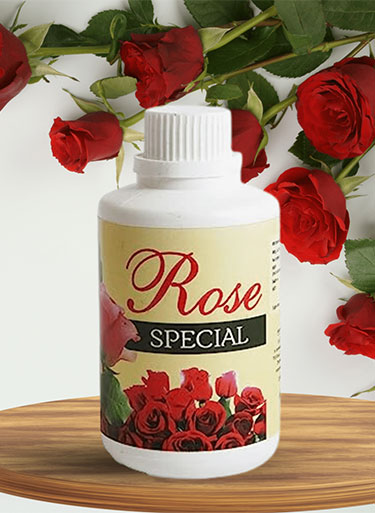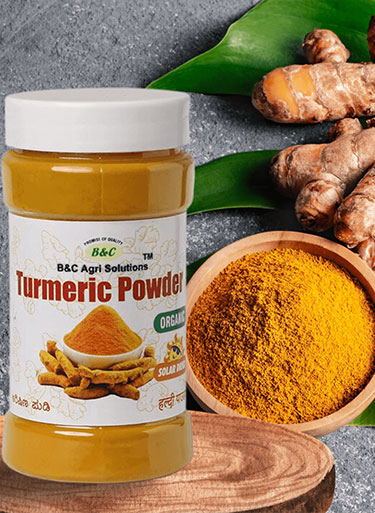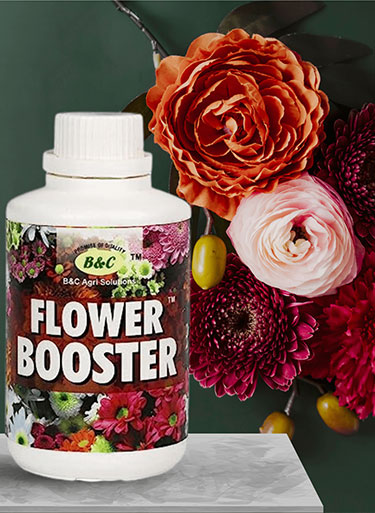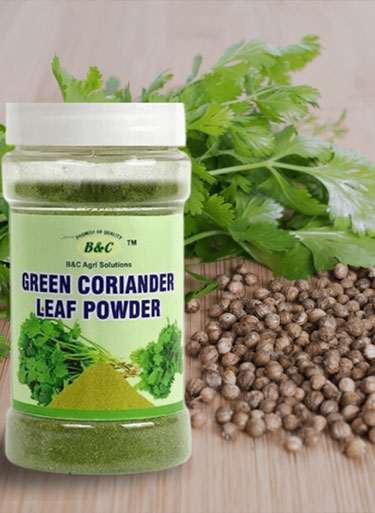Liquid rose fertilizers are the new gardening trend. These nutritious compounds are made using natural compounds without the use of arsenic, lead, and other harmful compounds. They also contain growth-spurt hormones and natural color enhancers that promote better flowers for longer periods.
4 Benefits Of Switching To Organic Liquid Fertilizer On Lawn Soil
Using rose fertilizer liquid products has many benefits that help us at an individual and communal level.
- Organic Liquid Fertilizers Cut Down On Production Cost
Believe it or not, organic fertilizers are actually cheaper than their chemical counterparts. Organic fertilizers are reducing the need for frequent nutrition replenishment, ultimately saving money. Using such natural, organic alternatives like liquid seaweed for roses, we can create a healthy environment for a complete ecosystem to grow at the same time.
- Liquid Fertilizers For Better Quality Blossoms
With an amazing concoction of nutrition and great water content, liquid rose fertilizers deliver essential nutrients directly to rose plants without side effects producing toxins. They promote rapid growth and large, vibrant petals. Formulated specifically for roses, the best liquid rose fertilizer is formulated to enhance the size, shape, and overall aesthetic appeal of the flowers.
- A Healthy Choice For Mother Nature
Chemical fertilizers and pesticides not only harm the health of lawn animals and microbes, but they seep into the land and reduce the quality of groundwater, rivers lakes, etc. Switching to liquid fertilizer for rose plants makes us sustainable, environmentally aware gardeners taking steps towards a better future.
- Maintain The Long Term Soil Health
By using organic liquid rose fertilizer, we can protect our land from long-term chemical build-up and depletion of organic matter. These fertilizers enrich the soil using plant and animal compounds. They also promote beneficial microbes.
Conclusion
More and more people are switching to these compact, liquified rose fertilizers that are both easier to use and quicker to derive results from. As technology advances, further research may unveil even more effective formulations for enhanced agricultural productivity and environmental friendliness.



 vitachatorganic
vitachatorganic



